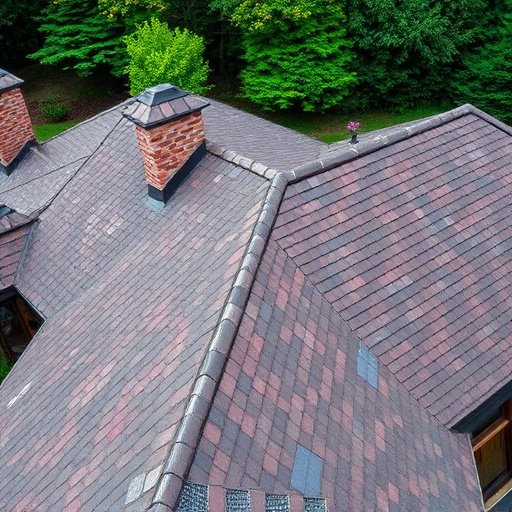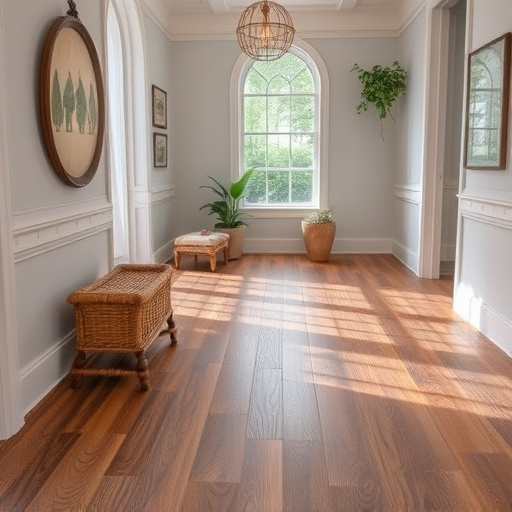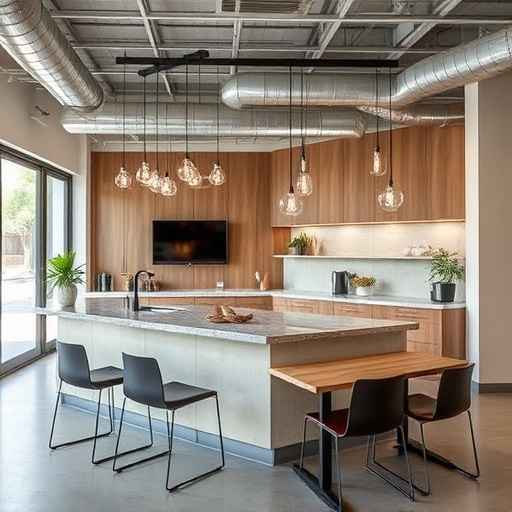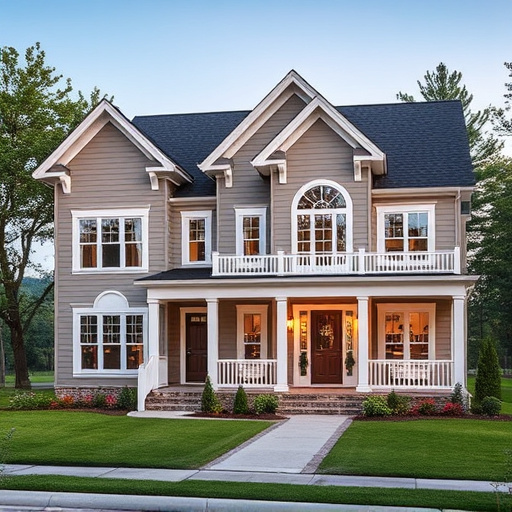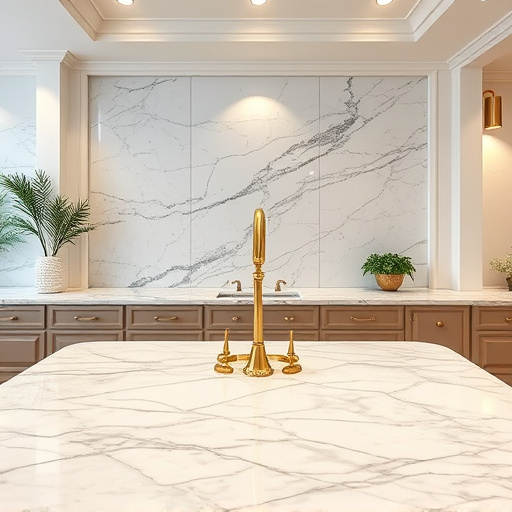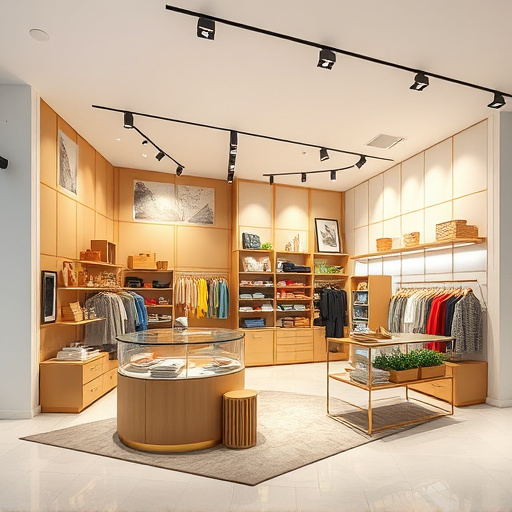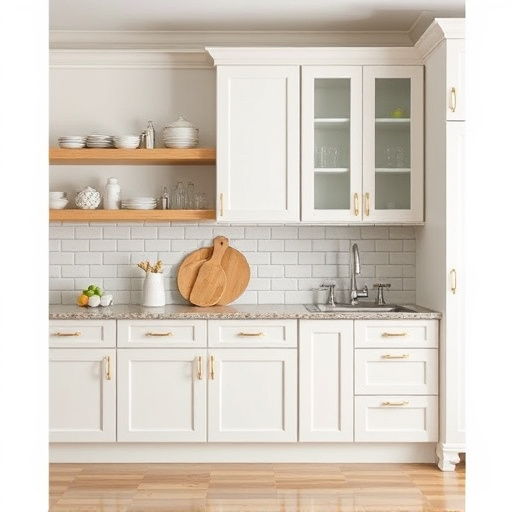Strategic zoning in office interiors transforms chaotic open plans into organized, productive spaces by dividing areas for specific tasks. This enhances functionality, caters to diverse workflows, improves aesthetics, and promotes employee well-being, ultimately boosting productivity and satisfaction. Strategic design and renovation services are key to creating balanced, appealing, and functional office interiors that support desired activities and interactions within each zone.
Zoning, a strategic design approach, transforms mundane office interiors into productive havens. By segmenting spaces based on activity, it enhances focus and optimizes workflow. This article delves into the world of office zoning, exploring its profound impact on employee productivity and overall work satisfaction. We’ll uncover design strategies that exemplify effective zoning, offering insights to revolutionize your office space and elevate the experience for every employee.
- Understanding Zoning in Office Spaces
- Benefits: Increased Productivity and Focus
- Design Strategies for Effective Zoning
Understanding Zoning in Office Spaces
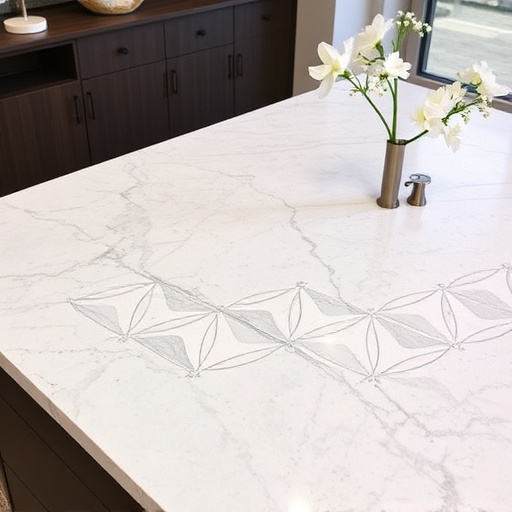
Zoning in office spaces refers to the strategic division of an office interior into distinct areas designed for specific purposes. It’s a key concept that transforms chaotic open plans into organized, productive environments. Each zone caters to unique tasks and workflows, from collaborative meeting areas to focused individual work stations. This thoughtful planning not only improves aesthetics but also enhances functionality.
Effective zoning optimizes the use of space, ensuring employees have access to the right environment for their roles. In an office interior, zones can range from open collaboration spaces that foster teamwork, to quiet corners for deep thinking and concentration. Even break areas and kitchens and bath facilities can be strategically zoned to promote employee well-being and productivity, mirroring principles often applied in home remodeling projects where dedicated spaces for cooking, bathing, and relaxation are designed for optimal comfort and efficiency—a concept that translates seamlessly into the professional realm.
Benefits: Increased Productivity and Focus
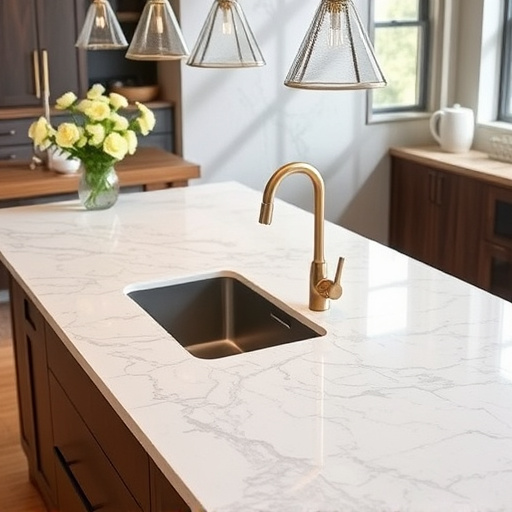
In the context of office interiors, zoning plays a pivotal role in enhancing productivity and focus. By dividing spaces into distinct zones dedicated to specific tasks or activities, employees can better concentrate on their work. For instance, quiet zones designed for deep thinking and concentration, alongside collaborative zones for meetings and brainstorming sessions, contribute to a more balanced and efficient workspace. This strategic arrangement not only minimizes distractions but also caters to the diverse needs of different roles within an organization, creating an environment conducive to increased productivity.
Furthermore, zoning allows for better use of natural light and aesthetic elements, which are known to boost mood and energy levels. Unlike open-plan layouts that can lead to noise pollution and visual clutter, well-zoned office interiors promote a sense of calm and order. This, in turn, enables employees to stay focused on their tasks for longer periods, leading to improved job satisfaction and overall productivity gains. Whether it’s a simple reconfiguration of existing space or a complete multiple room remodel involving interior painting and whole house remodels, the benefits of strategic zoning are undeniable in shaping high-performing office interiors.
Design Strategies for Effective Zoning
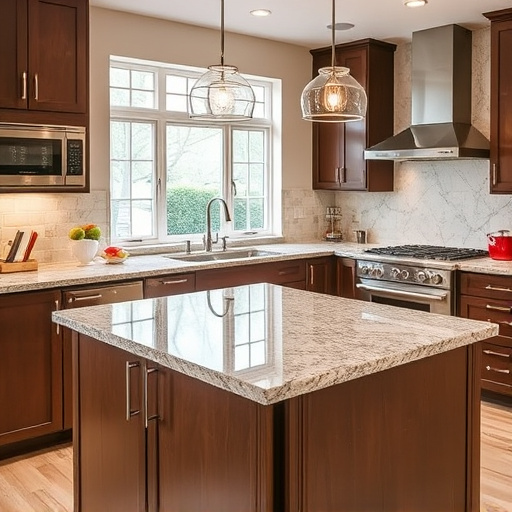
To maximize the benefits of zoning in office interiors, thoughtful design strategies are essential. These strategies involve carefully considering the purpose and needs of each zone, ensuring a balanced and functional layout. For example, creating dedicated areas for focused work, collaborative meetings, and relaxation zones can significantly enhance employee productivity and well-being. Incorporating visual cues, acoustic solutions, and appropriate lighting in each zone also contributes to a successful design.
In the context of office interiors, renovation services play a crucial role in implementing these design strategies. Whether it’s a whole house remodel or a home renovation project, professionals can transform spaces to accommodate various zoning requirements. By integrating innovative design elements and utilizing space efficiently, renovation services enable offices to create environments that not only look appealing but also support the desired activities and interactions within each zone.
Zoning, a strategic approach to dividing office spaces, is not just an aesthetic choice; it significantly enhances functionality within office interiors. By carefully segmenting areas dedicated to specific tasks, this design principle fosters increased productivity and focus. Implementing effective zoning strategies allows employees to work more efficiently, collaborate when needed, and enjoy a balanced environment that caters to both individual concentration and group interactions. In today’s dynamic work environments, understanding and leveraging zoning can turn office interiors into vibrant hubs of focused activity and creative problem-solving.


